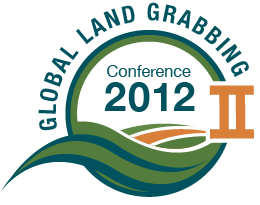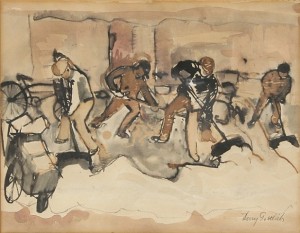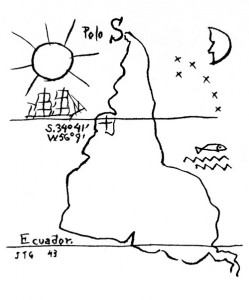 Benjamin Kunkel in the New Statesman critiques what he calls the “unbearable lightness of Slajov Žižek’s communism” and notes how the Slovenian philosopher’s celebrity produced an odd result: “A ruthless criticism of capitalism, it turned out, could still be contemplated outside the academy – but only on condition that it appear as the work of a jester or provocateur.”
Benjamin Kunkel in the New Statesman critiques what he calls the “unbearable lightness of Slajov Žižek’s communism” and notes how the Slovenian philosopher’s celebrity produced an odd result: “A ruthless criticism of capitalism, it turned out, could still be contemplated outside the academy – but only on condition that it appear as the work of a jester or provocateur.”
PM Press just came out with a new edition and revised translation of The Revolution of Everyday Life (1967) by Raoul Vaneigem. The edition includes a new preface by Vaneigem, who became a founding member of the Situationist International after being introduced to Guy Debord by Henri Lefebvre in 1960.
Nato Thompson interviews Trevor Paglen about his new project “The Last Pictures,” which we’ve looked at before. The interview confirmed for me what a weird montage of art, philosophy, and geography this project really is.
Julianne Malveaux has an interesting review of The Black Revolution on Campus by Martha Biondi that looks at the anti-racist and anti-imperialist struggles of African-American college students in the 1960s and 1970s. Changing the university, they hoped, would help bring about broader changes in society.
 I wrote a guest blog post for Future Agricultures that gives a straight-forward preview of the talk I’m giving this week at the Global Land Grabs conference hosted by Cornell University. A teaser:
I wrote a guest blog post for Future Agricultures that gives a straight-forward preview of the talk I’m giving this week at the Global Land Grabs conference hosted by Cornell University. A teaser:





